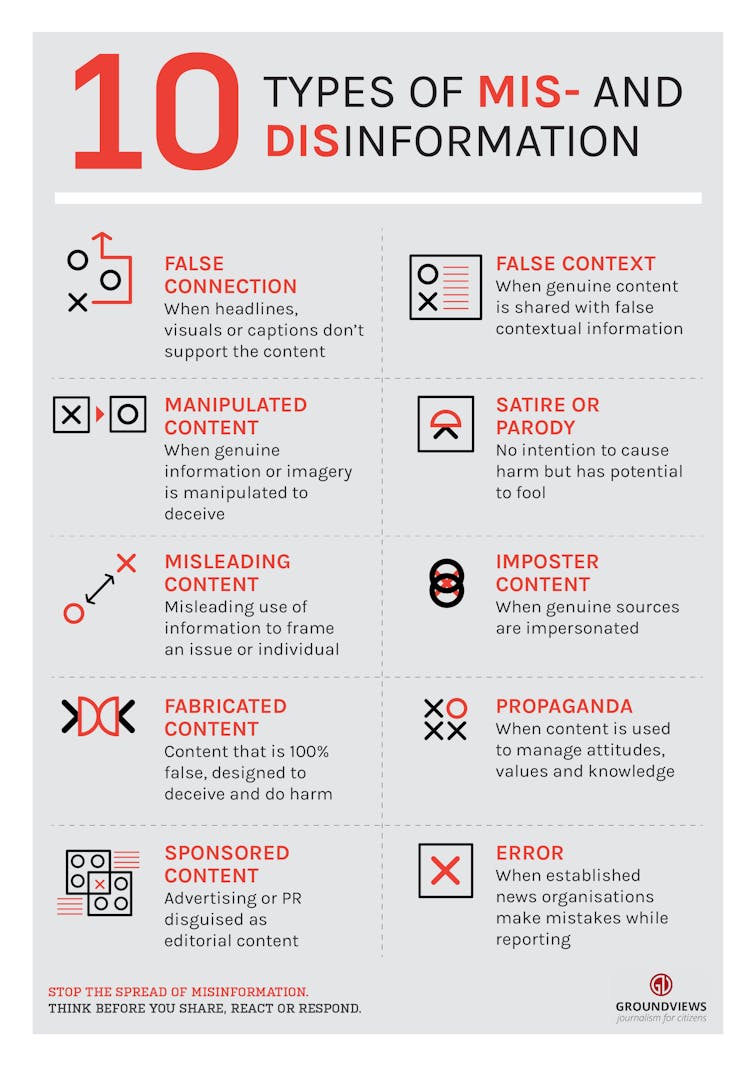

Alsmadi, I., & O’Brien, M. J. (n.d.). Misinformation, disinformation and hoaxes: What’s the difference? The Conversation. https://theconversation.com/misinformation-disinformation-and-hoaxes-whats-the-difference-158491

SIFT is a great method to help stop the spread of misinformation, especially on social media because it address the emotion behind a lot of misinformation. Learn more from the creator of the SIFT method.
STOP: When you feel a strong emotion while reading something, stop. Ask yourself if the strong emotion you're feeling was engineered. What clues can you see in the wording or headline of the article/post?
INVESTIGATE: Open new tabs and research the source where you read the information. Check to see if the story is repeated in reputable publications, especially across bias lines.
FIND Better Coverage: Go to a news source that has a reputation for original fact reporting and strong, relatively unbiased analysis. Are they also following this story?
TRACE back to the original: Especially on social media, the post you're seeing likely isn't the original. Trace the story back until you find the original website or poster. Investigate them. Is it a reputable source? Just a random person online? Remember on social media sites not every account is real, many are bots created to spread misinformation.